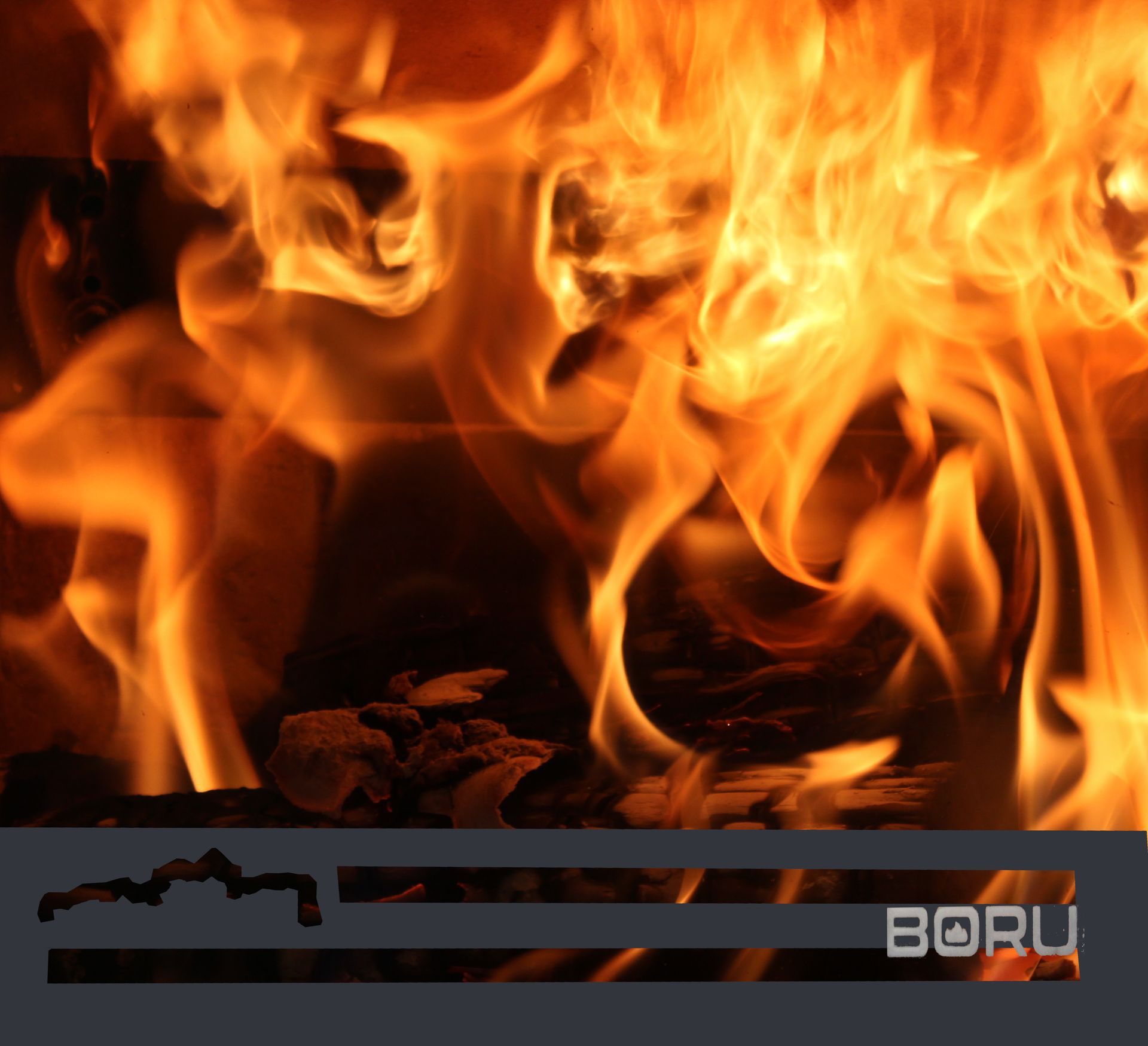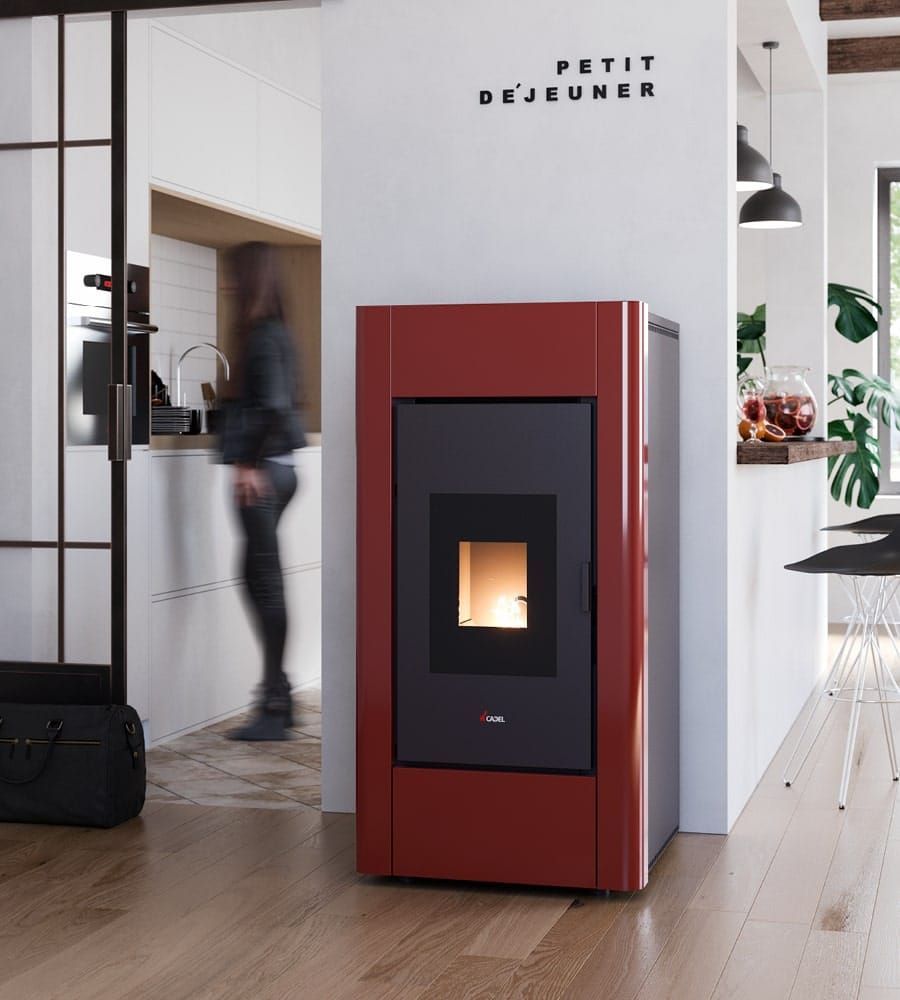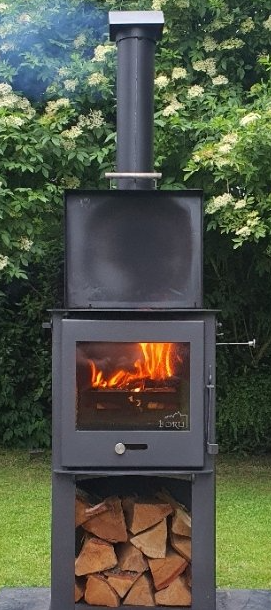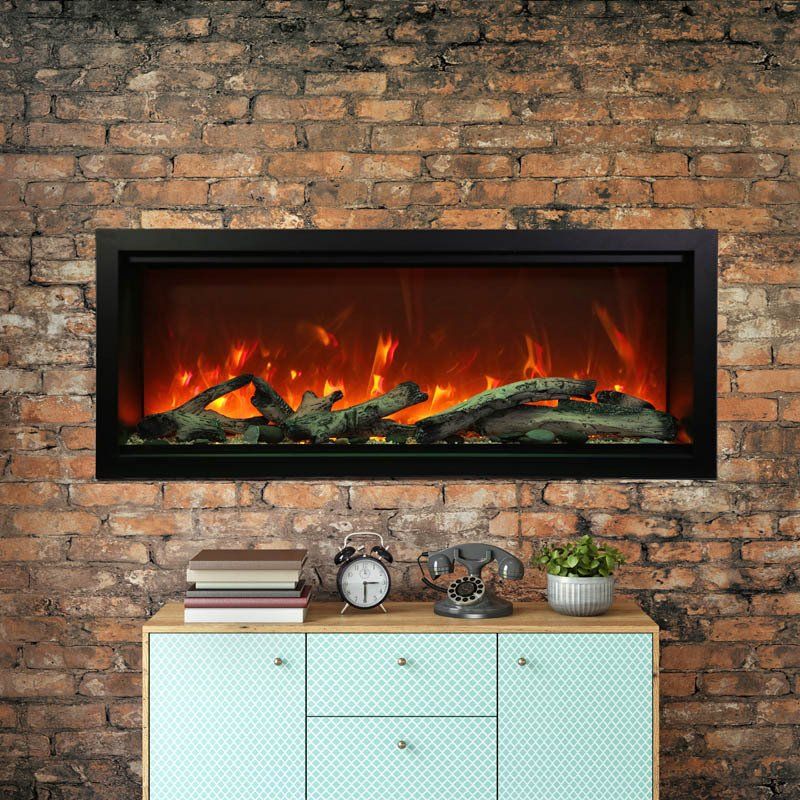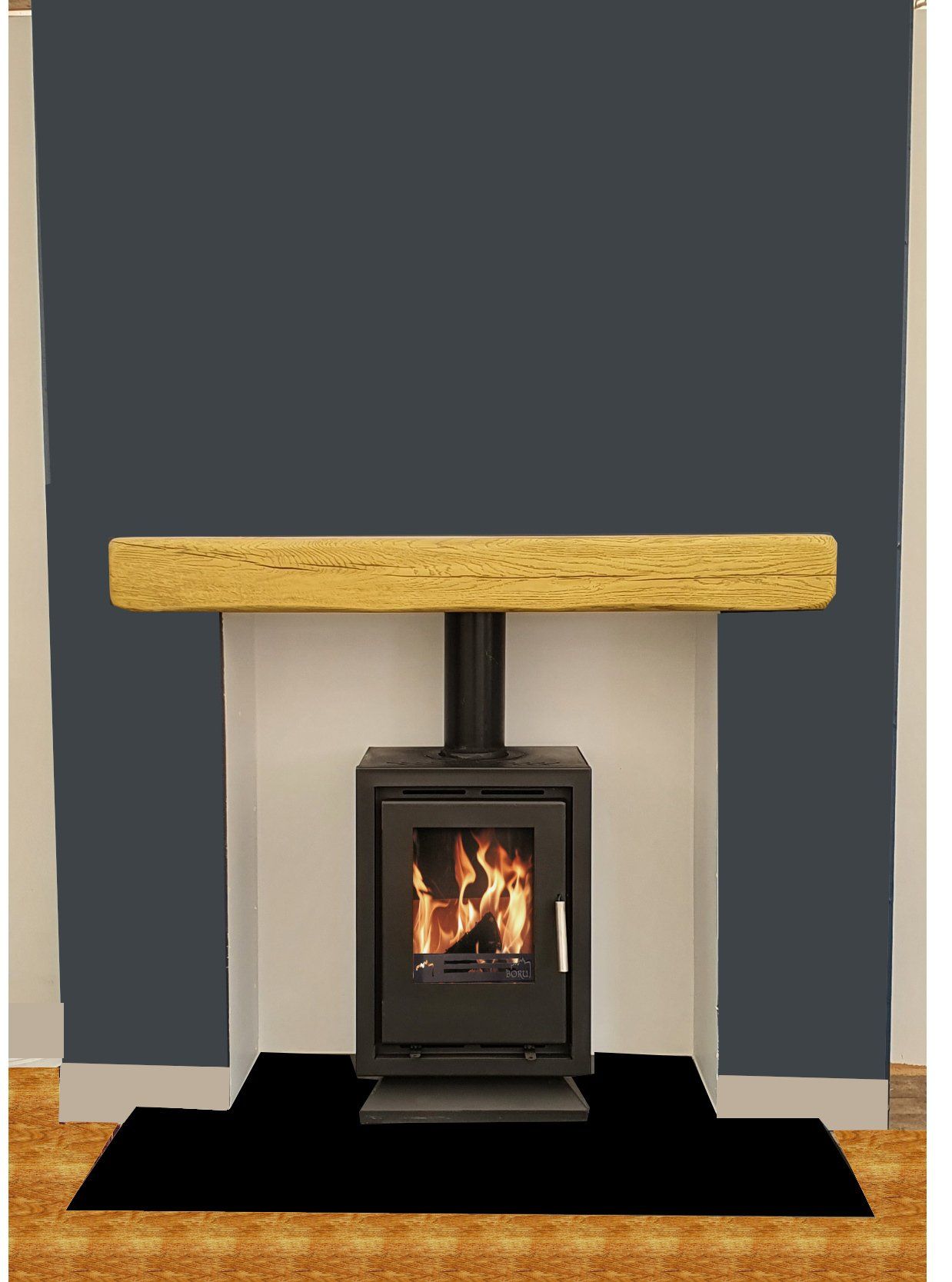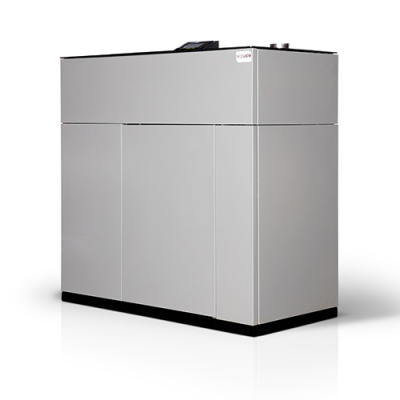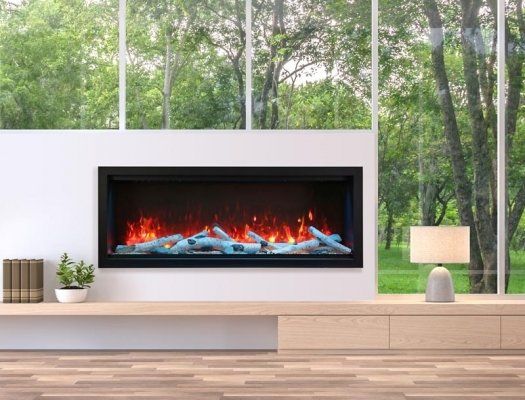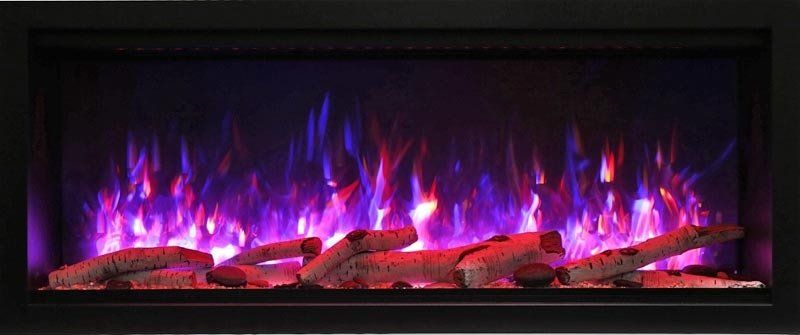Are Inset Stoves Any Good?
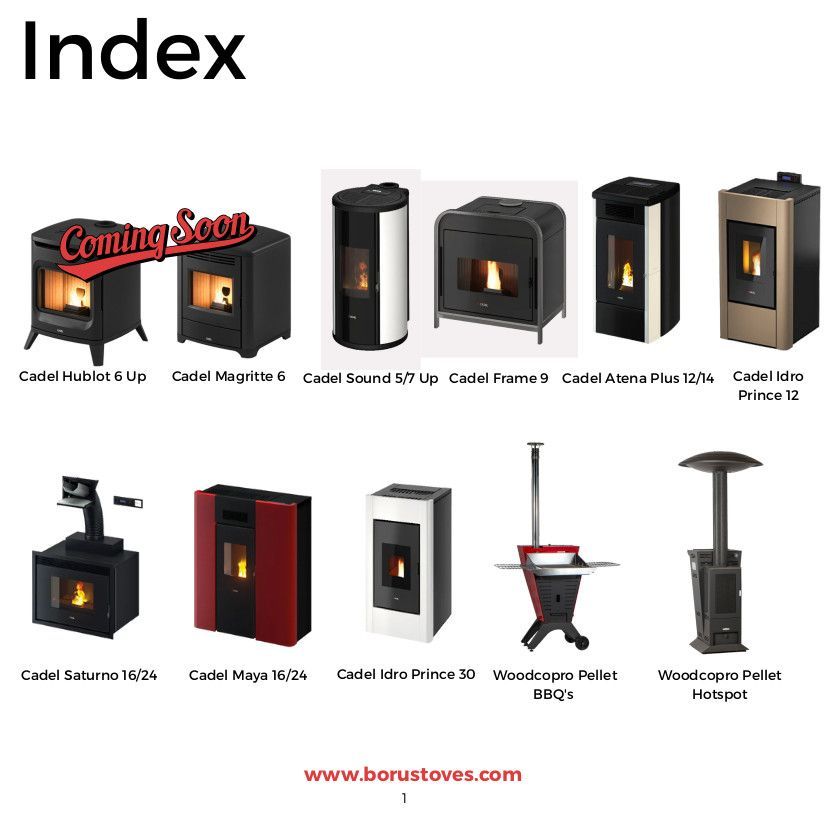
Inset stoves, once a hidden gem in the world of home heating, have been gaining popularity in recent years. As homeowners seek efficient and aesthetically pleasing heating solutions, inset stoves have emerged as a compelling option. In this article, we will explore the advantages, environmental impact, installation and maintenance, cost considerations, practical aspects, and real-world experiences associated with inset stoves to help you determine whether they are a good fit for your home.
Advantages of Inset Stoves
Energy Efficiency: Inset stoves offer exceptional energy efficiency compared to traditional fireplaces. Traditional fireplaces often lose a significant amount of heat through the chimney, while inset stoves are designed to capture and distribute heat effectively, resulting in less energy wastage.
Space Saving: Inset stoves are an ideal choice for small living spaces. They can be fitted into existing fireplace openings or installed into walls, maximizing the use of space without sacrificing heating performance.
Aesthetic Appeal: One of the key attractions of inset stoves is their aesthetic versatility. These stoves come in a wide range of designs and finishes, allowing homeowners to customize them to match their interior décor and personal style.
Heating Performance: Inset stoves offer precise temperature control, ensuring that your home remains at the desired comfort level. They distribute heat evenly throughout the room, eliminating hot and cold spots.
Environmental Impact
Clean Burning: Inset stoves are designed for clean burning, reducing harmful emissions and promoting better indoor air quality. This makes them a more environmentally friendly option compared to traditional wood-burning fireplaces.
Sustainable Fuel Options: Inset stoves can be fueled by various sustainable options, including wood, pellets, or other eco-friendly choices. Some models are even compatible with renewable energy sources, further reducing their carbon footprint.
Energy Efficiency and Green Building Standards: Inset stoves contribute to energy efficiency and can help homes meet green building standards. Their energy-efficient design aligns with sustainability goals, making them a responsible choice for eco-conscious homeowners.
Installation and Maintenance
Installation Process: Installing an inset stove can be a complex task, and it's crucial to consider professional installation for safety and efficiency. DIY installation may not guarantee the same level of safety and performance.
Maintenance Requirements: Proper maintenance is essential to ensure the longevity and efficiency of inset stoves. Regular cleaning and inspections are necessary to prevent issues and maintain optimal performance. Common problems can often be resolved through routine maintenance.
Cost Considerations
Initial Investment: The cost of purchasing and installing an inset stove can vary significantly depending on factors such as the stove's size, features, and complexity of installation. It's essential to budget for both the stove and professional installation.
Long-term Savings: While the initial investment may seem substantial, inset stoves can lead to long-term savings through reduced energy bills and efficient heating. They offer an excellent return on investment (ROI) by adding value to your home.
Practical Considerations
Suitability for Different Spaces: Inset stoves are versatile and can be installed in various spaces, including living rooms, bedrooms, and more. They provide a practical heating solution for different areas within your home.
Safety Features: Homeowners with children or pets should consider childproofing measures and safety precautions when installing inset stoves to prevent accidents and ensure the safety of their loved ones.
Building Codes and Regulations: Familiarize yourself with local building codes and regulations before installing an inset stove. Compliance with these standards is essential to ensure safety and legal compliance.
Real-world Experiences
Customer reviews and testimonials often provide valuable insights into the performance and satisfaction levels of inset stove owners. Additionally, case studies can showcase successful installations and the benefits they bring to homeowners.
Comparison with Other Heating Options
To make an informed decision, it's essential to compare inset stoves with other heating options, such as traditional fireplaces, wood-burning stoves, and central heating systems. Each has its advantages and drawbacks, and the choice depends on your specific needs and preferences.
Conclusion
In conclusion, inset stoves offer a range of advantages, including energy efficiency, space-saving design, aesthetic appeal, and precise heating performance. They also have a positive environmental impact, provided they are used with sustainable fuel options. While the initial investment and installation process may require careful consideration, the long-term savings and added value to your home make inset stoves a compelling choice for many homeowners. To determine if an inset stove is right for you, consider your specific heating needs, space constraints, and design preferences, and consult with professionals to ensure a safe and efficient installation. Ultimately, inset stoves can be an excellent addition to your home, offering both warmth and style.

